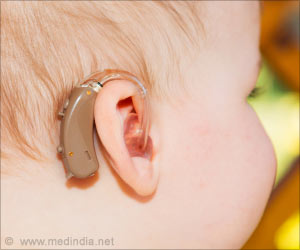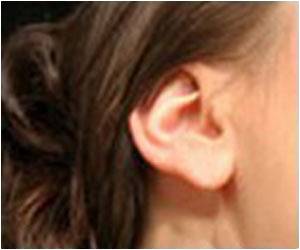Exposure to 117 dBA for longer than two seconds and exposure to 120 dBA for longer than 20 seconds may put people at risk of noise-induced hearing loss.

‘As the transit network expands, Toronto needs to consider ways to reduce noise exposure as a preventative measure for future health risks.’





Dr. Vincent Lin, the corresponding author said: "This study is the first to look at and quantify the amount of noise people are exposed to during their daily commute, specifically on the Toronto Transit System. We now are starting to understand that chronic excessive noise exposure leads to significant systemic pathology, such as depression, anxiety, increased risk of chronic diseases and increased accident risk. Short, intense noise exposure has been demonstrated to be as injurious as longer, less intense noise exposure." Dr Lin said: "We were surprised at the overall average noise exposure commuters experience on a daily basis, especially the peak noise intensity not only on trains but also on buses. Planners need to be more considerate of noise exposure in future planning of public spaces and public transit routes. Toronto in particular, as the transit network expands, needs to consider ways to reduce noise exposure as a preventative measure for future health risks."
Measuring noise exposure on public (subways, trams and buses) and private (cars, bike, walking) transport in Toronto, the researchers found that while noise on average was within the recommended levels of safe exposure, bursts of loud noise on both public and private modes of transportation could still place individuals at risk of noise-induced hearing loss.
According to thresholds recommended by the US Environmental Protection Agency (EPA), exposure to 114 A-weighted decibels (dBA) for longer than four seconds, exposure to 117dBA for longer than two seconds and exposure to 120 dBA for longer than 20 seconds may put people at risk of noise-induced hearing loss. A-weighted decibels express the relative loudness of sounds experienced by the human ear; taking into account that sensitivity to noise differs depending on noise frequency. Peak noise levels in dBa across both public and personal transport exceeded the EPA recommended thresholds. The average noise levels by bike were greater than any level caused by modes of public transit.
To measure noise exposure, the researchers used noise dosimeters, which they carried on their shirt collars about two inches away from their ears. The researchers collected 210 measurements in total, comparing the noise on subways, buses, and streetcars, while driving a car, cycling, and walking. They measured in-vehicle noise and outside or boarding platform noise for all modes of private and public transportation.
Advertisement
When the authors extrapolated the EPA recommended noise thresholds for an average Toronto commuter who uses public transport, the recommended level of noise exposure was exceeded in 9% of subway, 12% of bus, and 14% of biking measurements but not when using streetcars, cars or when walking.
Advertisement
Source-Eurekalert









